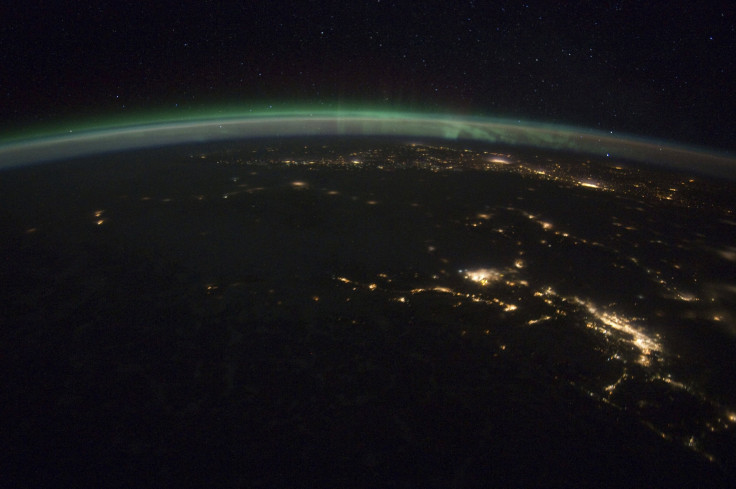Mini-Satellite ‘Space Cops’ Could Control Satellite Traffic And Help Prevent Collisions

With all those unruly satellites buzzing around above our heads, it’s about time someone stepped in to police all that space traffic. Or, at least provide a more accurate portrait of a satellite’s trajectory.
Researchers from the Lawrence Livermore National Laboratory in California have developed a system of “space cops” – mini-satellites designed to track and refine a satellite’s path – that are better equipped to monitor low-orbit satellites and prevent collisions. The program, called the Space-Based Telescopes for Actionable Refinement of Ephemeris, or STARE, can predict a satellite’s trajectory to within less than 50 meters, according to initial tests.
"Eventually our satellite will be orbiting and making the same sort of observations to help prevent satellite-on-satellite and satellite-on-debris collisions in space," Lance Simms, lead author of a paper appearing in an upcoming edition of the Journal of Small Satellites, said in a statement.
According to United States Space Surveillance Network, there are about 3,000 satellites currently operating in Earth’s orbit. Additionally, there are approximately 5,000 other man-made objects over 10 centimeters in diameter circling our planet.
That’s not to mention the millions upon millions of pieces of “space junk,” ranging in size from 10 centimeters to less than 1 centimeter, also whizzing around our planet, most of it traveling at speeds of up to 18,000 mph. In sum: There’s a lot of stuff up there moving really, really fast.
The 2009 satellite collision above Siberia between two intact satellites is testament to how destructive a high-speed space crash can be (the satellites collided at a total speed of 26,170 miles per hour – neither satellite survived.)
Satellite collisions, both with each other and with the surfeit of space debris currently orbiting Erath, are becoming increasingly problematic. As Earth’s satellite channels get clogged with junk, scientists must find better, more accurate ways to measure the trajectories of satellites traveling at thousands of miles per hour. According to Science Recorder, current technology can pinpoint a satellite’s location to within 1 kilometer. That level of uncertainty leads to about 10,000 false alarms for every confirmed collision, meaning satellite operators rarely follow up on collision warnings – until one actually occurs.
Violent collisions are one thing, but experts also fear that space debris could at some point interfere with global positioning systems, international phone connections and television signals. Researchers from the Lawrence Livermore National Laboratory in California hope to remedy that problem by sending a team of nano-satellites into low orbit to better monitor satellite traffic. The STARE mission aims to reduce the 1 kilometer window of uncertainty down to about 100 meters or smaller. Developers of the program hope to significantly reduce the number of
In the case of the Livermore team, they were able to reduce the uncertainty to 50 meters, well below the 100-meter goal.
© Copyright IBTimes 2024. All rights reserved.






















